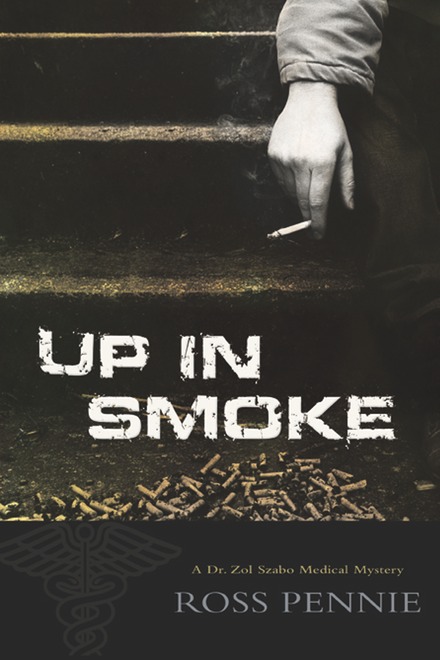
My patients inspired this book
and helped with the research.
In my work as an infectious disease specialist in Brant and Norfolk Counties of southern Ontario, I looked after lots of heavy smokers. After all, this has been the centre of Canada’s tobacco industry dating back two thousand years. Many a tobacco fortune has been made here, and despite a general perception to the contrary, the industry is thriving today.
Nicotine and other chemicals in tobacco constrict the arteries supplying the lower limbs, which is particularly dangerous for anyone with diabetes. I saw many diabetics with open sores on their feet because of ill-fitting shoes, infection, and inadequate blood flow. When gangrene set in, I started amputating their toes; later, they sometimes lost their legs. And still, they continued to smoke.
Many of these patients struggled on limited incomes, yet they had plenty of money for cigarettes. In this part of the world, smokes are cheap. Dead cheap. A dollar or less a pack. Why so inexpensive? Because they’re made on the local reservation, free of taxes and quality control. Are these tax-free, Native-brand cigarettes easy to find? Absolutely. At least 40% of the tobacco smoked in Ontario comes through clandestine Native channels. Is the government doing anything about it? Nope, they’re afraid to. Is this harmful to anyone but the tax collector? Read UP IN SMOKE, Zol Szabo #3, and you’ll find out how.
